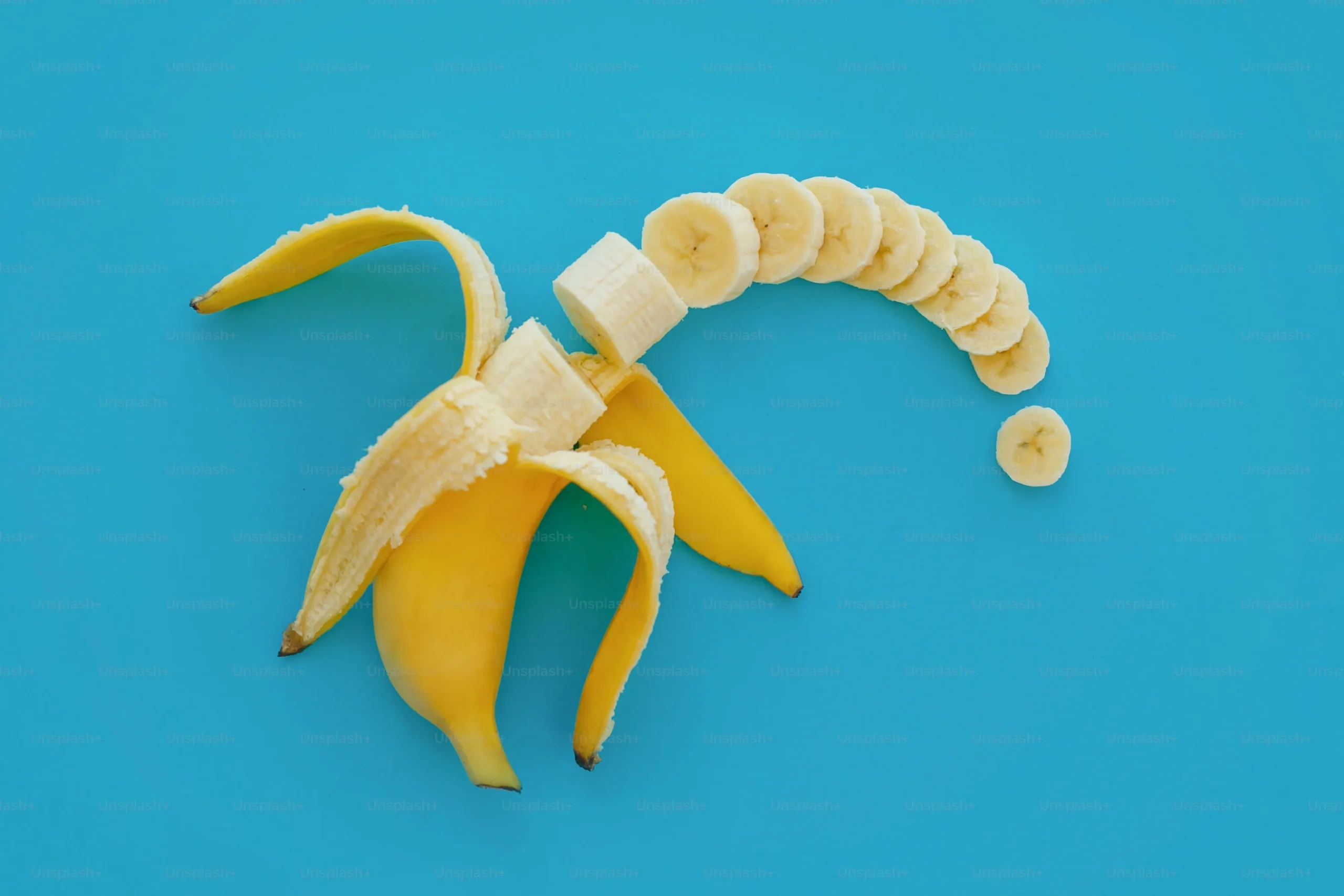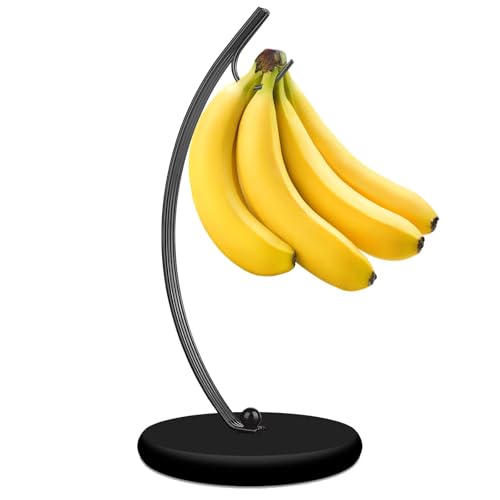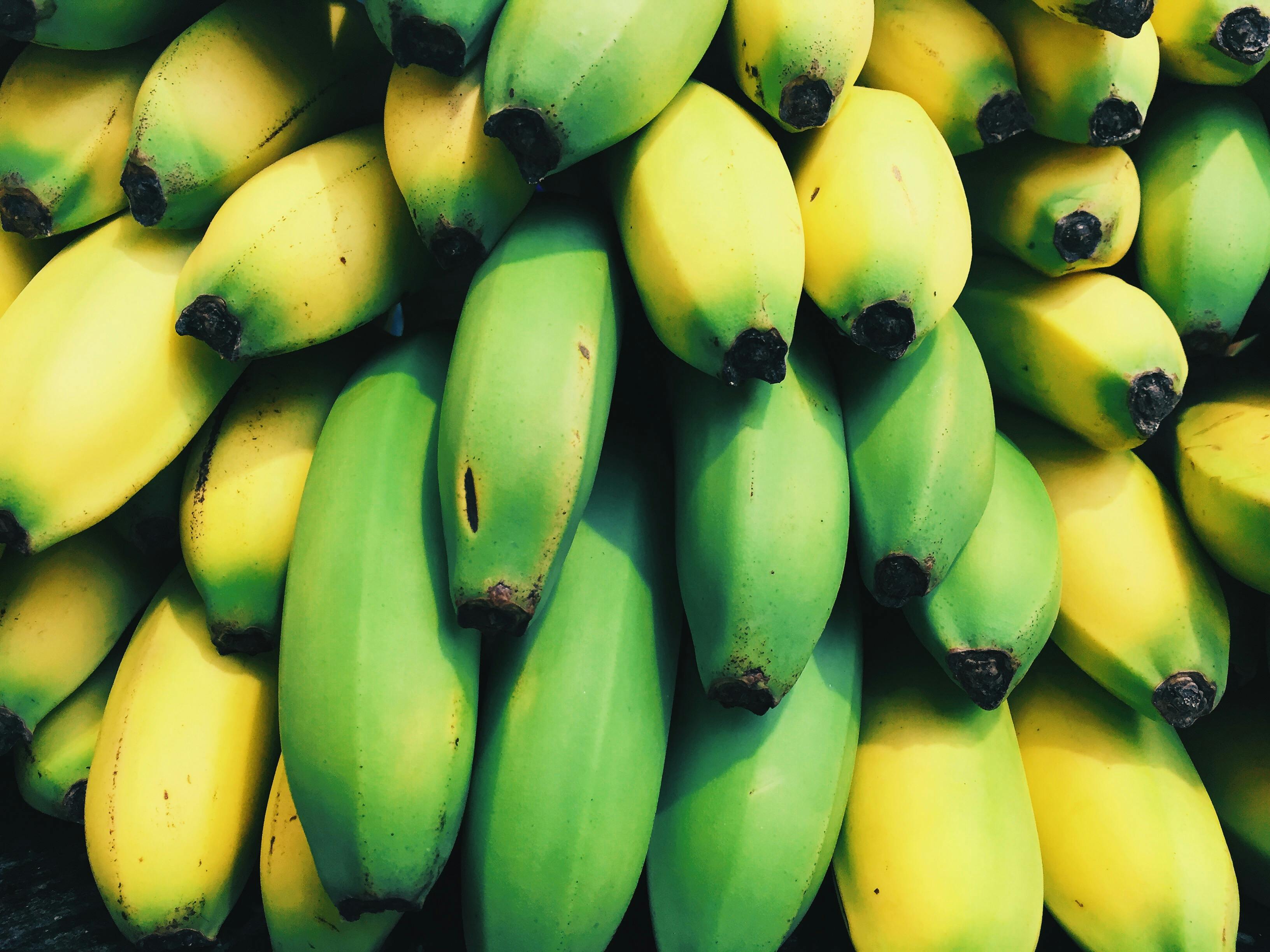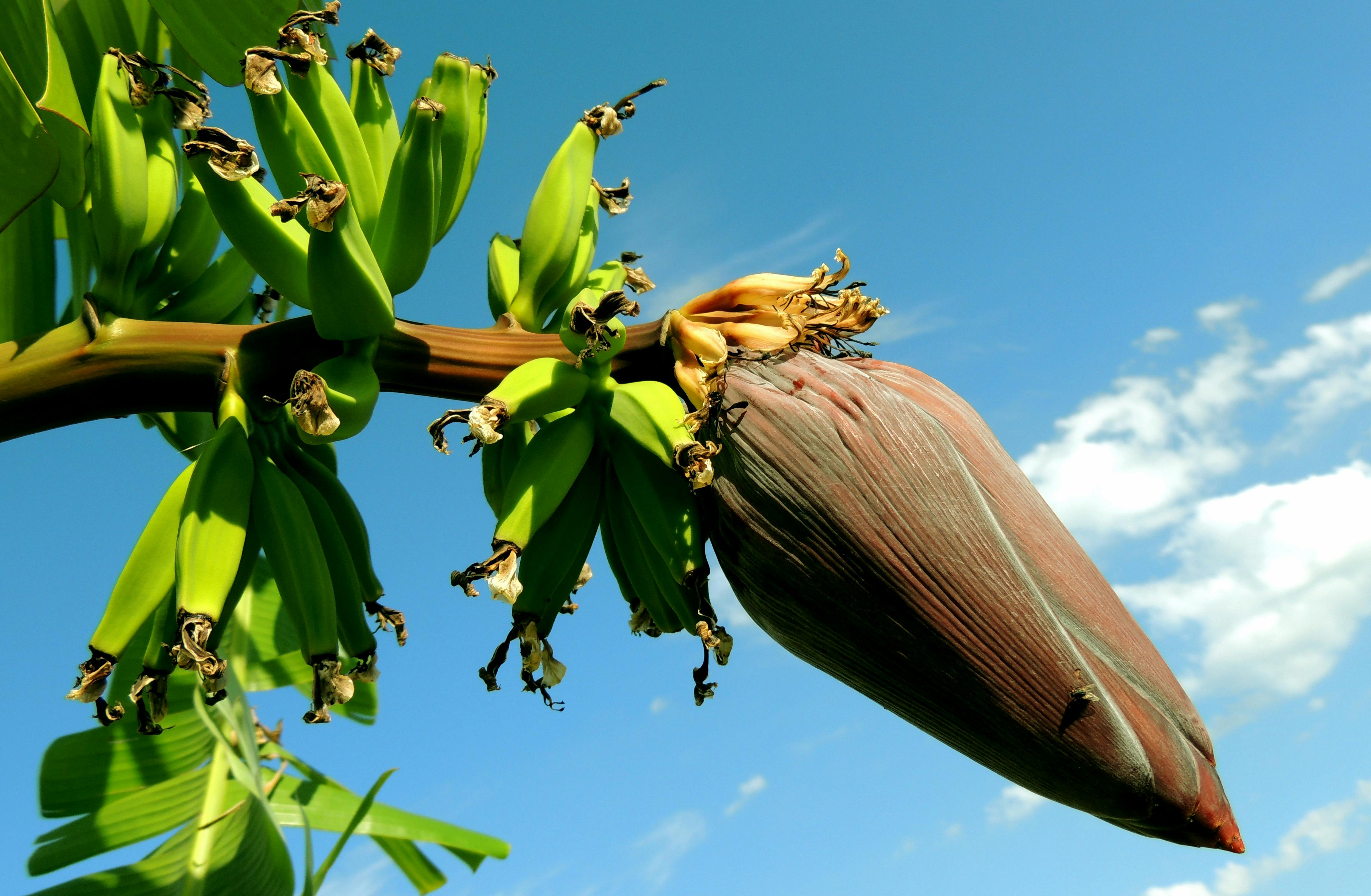Why Your Banana is Black in the Middle: Common Causes and Prevention Tips
Bananas, one of the most popular fruits in the world, are loved for their sweetness, portability, and versatility. But have you ever experienced the frustration of peeling a banana only to discover it’s black in the middle? Don’t worry, you’re not alone. The blackening of bananas can be caused by a variety of factors, from bruising to environmental conditions.

In this article, we’ll explore the common causes of blackening in bananas, as well as provide tips on how to prevent it from happening. Additionally, we’ll discuss some alternative uses for overripe bananas that are too delicious to waste! If you’re looking to learn more about why your banana may be black in the middle, keep reading.
What are the common causes of blackening in banana skins?
Blackening in bananas is a common problem that many people encounter. This discoloration occurs due to several factors, including exposure to air, temperature changes, and ripening.

When bananas are exposed to air, they undergo a process known as oxidation. The enzymes in the fruit react with oxygen molecules, causing the banana’s skin to turn brown or black. Temperature changes can also contribute to blackening in bananas. When bananas are stored at temperatures below 56°F or above 77°F, they become more susceptible to rapid ripening and spoilage.
Another factor that contributes to blackening in bananas is ripeness. As bananas mature and reach their peak of ripeness, they become softer and sweeter. However, this also means that the fruit becomes more prone to bruising and damage from handling during transportation.
To prevent blackening in bananas, it is important to store them properly by keeping them away from direct sunlight and at a consistent temperature range of 58-62°F. Additionally, handling the fruit with care during transportation can help prevent bruising and damage that could lead to premature spoiling.
In conclusion, understanding the causes of blackening in bananas can help individuals take better care of their produce and extend its shelf life. By storing fruits properly and avoiding unnecessary handling or exposure to extreme temperatures or air contact will benefit individuals who want fresh-tasting fruit for longer periods without waste or spoilage concerns arising prematurely!
How can you prevent your bananas from blackening in the middle?
Bananas are a popular fruit enjoyed by many, but their tendency to blacken in the middle can be frustrating. However, there are several ways to prevent this from happening.
Firstly, it is important to store bananas properly. Bananas release ethylene gas as they ripen, which can cause other fruits and vegetables nearby to ripen and spoil faster. Keeping bananas away from other produce can help slow down the ripening process and prevent blackening.
Another method is to wrap the stem of the banana in plastic wrap or aluminum foil. This helps trap the ethylene gas produced by the fruit and prevents it from spreading throughout the banana, ultimately slowing down its ripening process.
Additionally, storing bananas in a cool place can also help slow down their ripening process. While refrigeration is not recommended for fully ripe bananas as it causes them to turn brown quickly, storing them in a cooler environment such as a pantry or cellar can help prolong their freshness.
Lastly, consuming bananas before they become too ripe can also prevent blackening in the middle. Once a banana becomes overripe, its texture changes and becomes softer which makes it more susceptible to bruising and damage – leading to black spots on its skin that may penetrate into its flesh.
In conclusion, there are several methods one could use to keep your bananas from blackening prematurely; proper storage techniques being one of them!
What are some alternative uses for over-ripe bananas?

Did you know that overripe bananas can be used for more than just banana bread? While many of us may toss out these brown, mushy fruits, they actually have a variety of alternative uses.
One option is to freeze the overripe bananas and use them in smoothies or as a base for homemade ice cream. The sweetness and creaminess of the fruit make it an ideal addition to any frozen treat.
Another option is to use mashed overripe bananas as a natural sweetener in baking recipes. Not only does this add moisture to baked goods, but it also cuts down on the amount of added sugar needed.
For those interested in skincare, overripe bananas can even be used as a face mask ingredient. The high levels of vitamin C and antioxidants in the fruit can help brighten and hydrate skin.
Overall, there are many creative ways to use up those browned bananas instead of throwing them away. So next time you have some past their prime, give one of these alternative uses a try!
Check out our other articles to find out even more about banana.
Bananas can blacken for a variety of reasons, but with the right practices you can keep your bananas fresh and prevent middle blackening. Learning about alternative uses for overripe bananas is also helpful to make sure no food goes to waste. If you’re curious to learn more about why your banana turns black in the middle or how else you might use it, be sure check out our other articles!
















